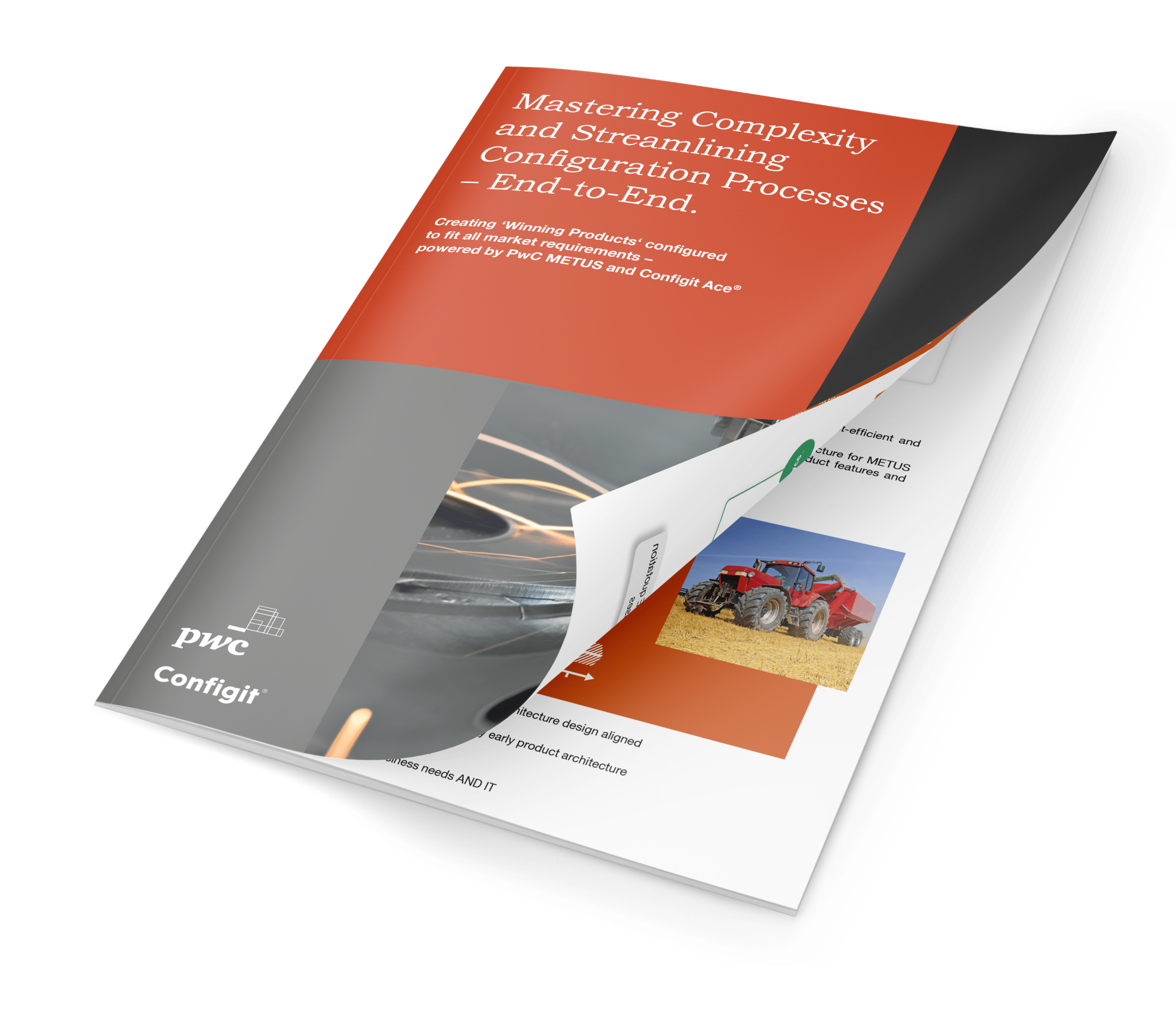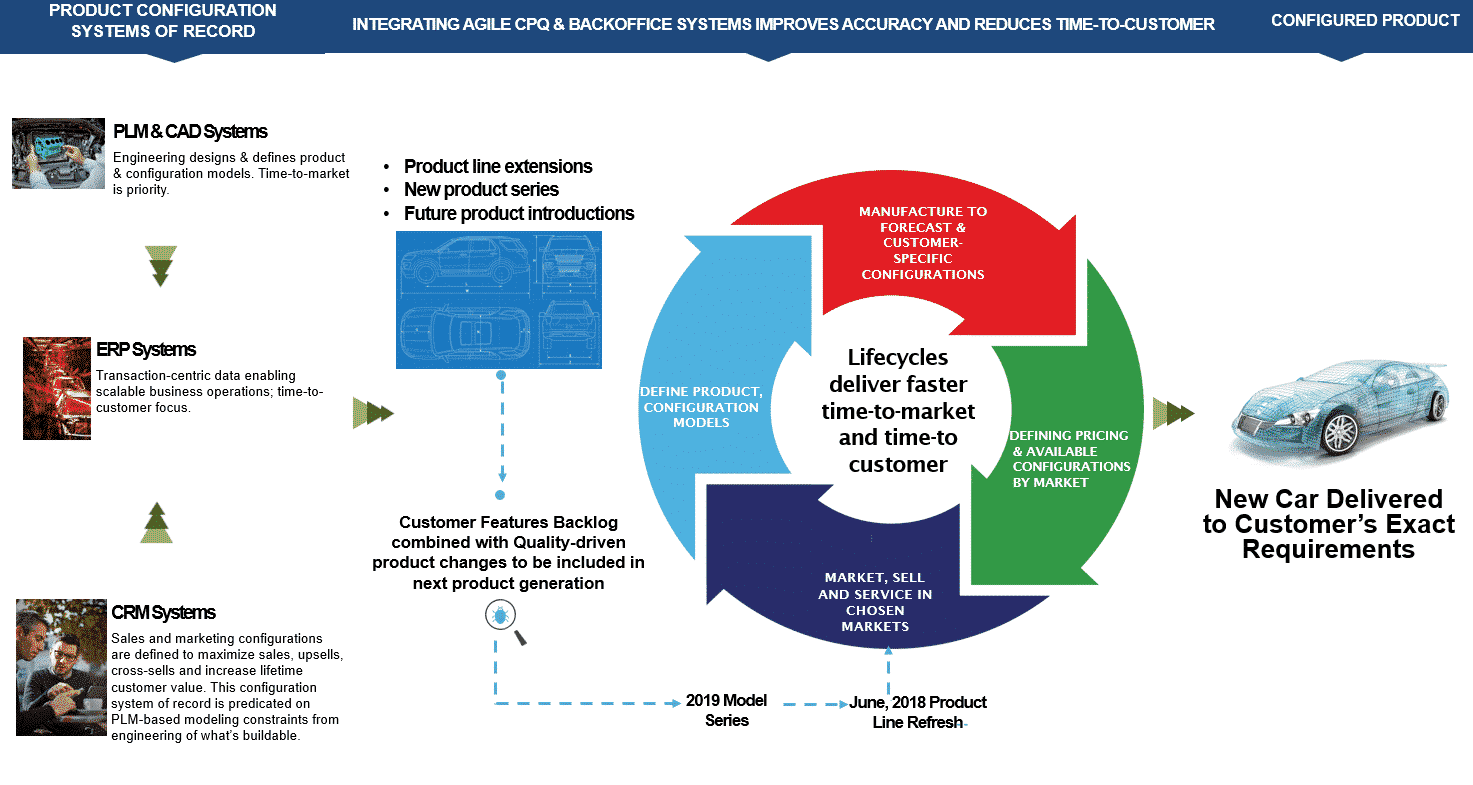Bottom Line:
The most hyped CPQ solutions don’t scale with accuracy and speed to keep up with complex, configurable products over their lifecycles. Choose carefully and look for a product configuration platform that scales over product lifecycles, not just a promise of one later.
- There are nearly 60 CPQ vendors today, and only a minority of them have an enterprise-ready product configuration engine or an API-based integration strategy.
- Years of fluid venture capital funding (VC) combined with experienced CPQ architects and execs looking for a new challenge have led to many new startups, creating a crowded CPQ market.
- Startups and established CPQ vendors need to look beyond CRM alone and excel at enterprise integration, creating a configuration thread that keeps the front-office and back-office systems synchronized in real-time.

